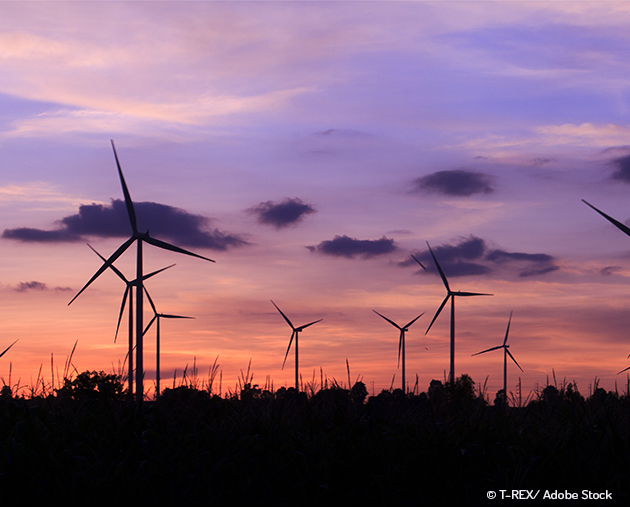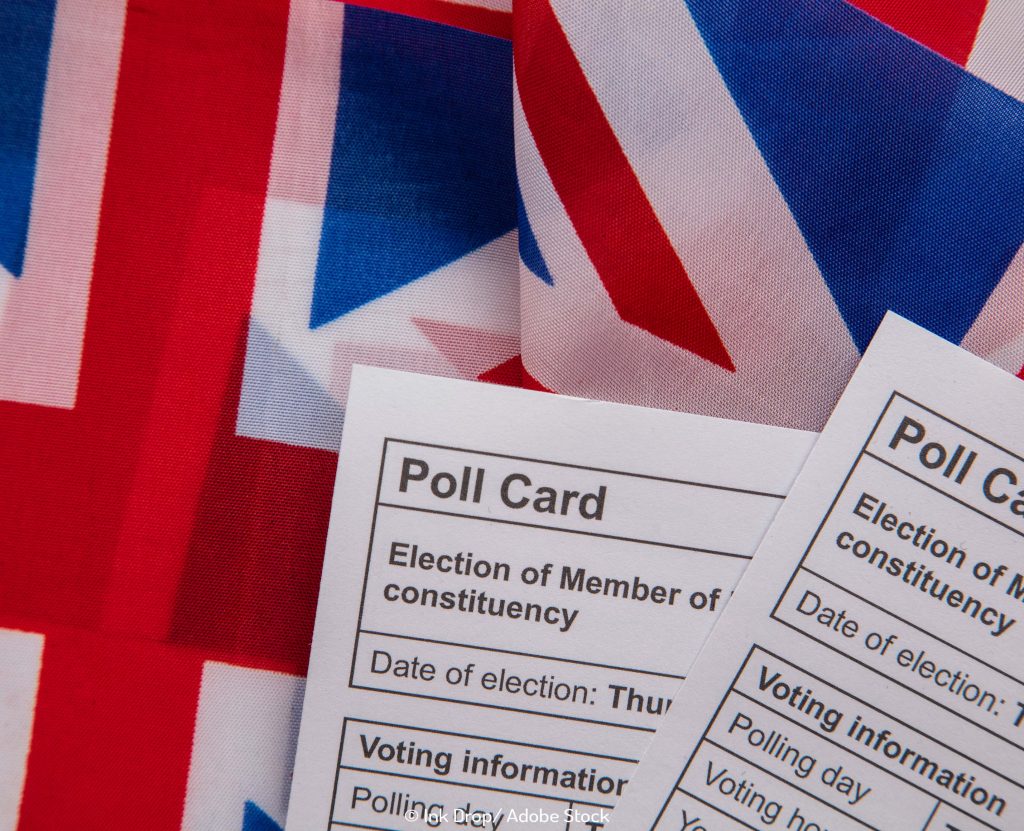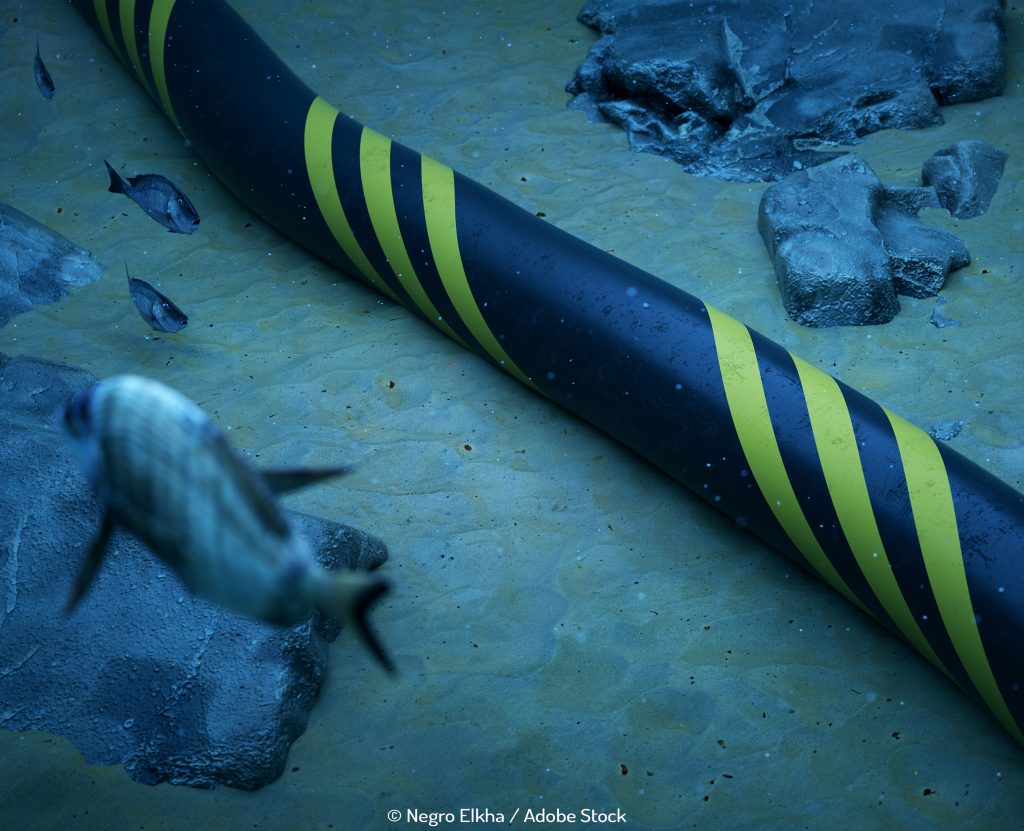
Offshore Wind in America
Christmas came early for Tom Kiernan. Or perhaps it’s late. Either way, the CEO of the American Wind Energy Association was thrilled to bits at the opening session of the 2018 AWEA Offshore Wind Conference, saying: “It’s nearly here! It’s just around the corner! This is no longer a message!” (I like to imagine him jumping on a sofa, Tom Cruise-style).
He may be right. After all, the US government – yes, the one that is presided over by the man whose feelings about offshore turbines are well documented – broke a record by leasing the rights to build new offshore wind power worth upwards of $405.1m. They were purchased by Equinor, Mayflower Wind Energy (a joint venture between Royal Dutch Shell and EDP Renewables), and Vineyard Wind.
The three blocks of acreage situated south of Martha’s Vineyard could generate enough clean renewable energy to keep the lights on in 1.5 million homes.
This auction is “a proxy for how exuberant the industry’s feeling right now, and how bullish they’re feeling about the prospects for offshore wind,” Walter Musial of the National Renewable Energy Laboratory said to Utility Dive.
Kiernan referenced other significant milestones – such as Deepwater Wind’s 30MW Block Island Wind Farm (a five-turbined project, the first commercial one in the US): “We expect 1,500 MW online by 2023 and 8,000 MW in the water by 2028, which is leading to some 40,000 jobs in our offshore wind industry.”
And as we’ve just reported too, the ongoing reduction of generation costs are playing their part. Attention in auctions has increased substantially: when the same area off Martha’s Vineyard was auctioned three years ago it failed to attract enough interest. The bids which won now are in the region of $1000 per acre.
Back in 2015 when Jeff Grybowski, CEO of DeepWater, announced they were moving forward with the Rhode Island project, he acknowledged that there were challenges preventing others seeing the same benefits, namely understanding: “Bringing the industry from theory to reality will be a huge step forward. It’s really difficult for utilities in the U.S. to take that step of procuring power from offshore wind when they simply have no experience with it and can’t see it and feel it.”
It’s still an issue today. Liz Burdock is the co-founder and executive director of the Business Network for Offshore Wind, a national non-profit organization dedicated to building the U.S. offshore wind supply chain. “The benefits of offshore wind are numerous. This includes jobs — and once we hit 8 to 10 GW in development, which will likely happen sooner than anticipated, may grow quickly in excess of the 96,000 mark. Benefits also include clean-energy production that’s near the load centres, a reduction of CO2 emissions, as well as many health and economic advantages.
“One of the biggest challenges we face is supply-chain capacity,” says Burdock. This includes port infrastructure, transport vessels, and storage and manufacturing support. Do we have enough U.S. businesses that can participate and deliver these projects on budget and on time? That’s the one question we have to answer as the industry pushes forward. The ports are vital.”
Tom’s not shedding any of his hard-won happiness: “Fundamentally, we have a quality product…a strong offshore wind resource that kicks in when electricity is most in demand.” And so long as offshore costs continue in the same vein that they have done – reducing by 50% over the last five years – he’s got good reason to stay happy.


